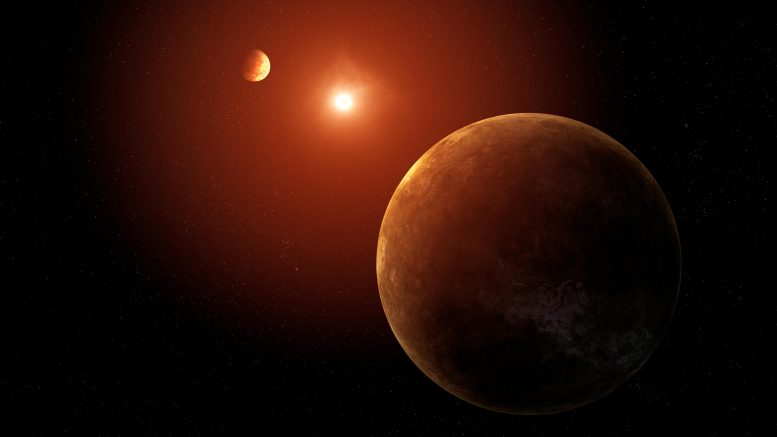
Artist’s concept showing two of the seven planets discovered orbiting a Sun-like star. The system, called Kepler-385, was identified using data from NASA’s Kepler mission. Credit: NASA/Daniel Rutter
NASA’s Kepler telescope data has unveiled a new system called Kepler-385 with seven hot, large planets that orbit a star slightly larger and hotter than our Sun.
A system of seven sweltering planets has been revealed by continued study of data from NASA’s retired Kepler space telescope: Each one is bathed in more radiant heat from its host star per area than any planet in our solar system. Also unlike any of our immediate neighbors, all seven planets in this system, named Kepler-385, are larger than Earth but smaller than Neptune. It is one of only a few planetary systems known to contain more than six verified planets or planet candidates. The Kepler-385 system is among the highlights of a new Kepler catalog that contains almost 4,400 planet candidates, including more than 700 multi-planet systems.
Cataloging Exoplanets With Precision
“We’ve assembled the most accurate list of Kepler planet candidates and their properties to date,” said Jack Lissauer, a research scientist at NASA’s Ames Research Center in California’s Silicon Valley and lead author on the paper presenting the new catalog. “NASA’s Kepler mission has discovered the majority of known exoplanets, and this new catalog will enable astronomers to learn more about their characteristics.”
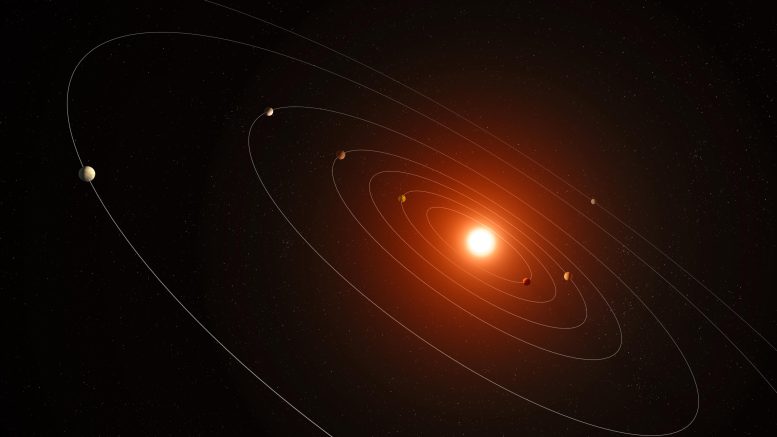
Artist’s concept of Kepler-385, the seven-planet system revealed in a new catalog of planet candidates discovered by NASA’s Kepler space telescope. Credit: NASA/Daniel Rutter
At the center of the Kepler-385 system is a Sun-like star about 10% larger and 5% hotter than the Sun. The two inner planets, both slightly larger than Earth, are probably rocky and may have thin atmospheres. The other five planets are larger – each with a radius about twice the size of Earth’s – and expected to be enshrouded in thick atmospheres.
Advanced Data Analysis and Continued Discoveries
The ability to describe the properties of the Kepler-385 system in such detail is testament to the quality of this latest catalog of exoplanets. While the Kepler mission’s final catalogs focused on producing lists optimized to measure how common planets are around other stars, this study focuses on producing a comprehensive list that provides accurate information about each of the systems, making discoveries like Kepler-385 possible.
The new catalog uses improved measurements of stellar properties and calculates more accurately the path of each transiting planet across its host star. This combination illustrates that when a star hosts several transiting planets, they typically have more circular orbits than when a star hosts only one or two.
Kepler’s primary observations ceased in 2013 and were followed by the telescope’s extended mission, called K2, which continued until 2018. The data Kepler collected continues to reveal new discoveries about our galaxy. After the mission already showed us there are more planets than stars, this new study paints a more detailed picture of what each of those planets and their home systems look like, giving us a better view of the many worlds beyond our solar system.
The research article, “Updated Catalog of Kepler Planet Candidates: Focus on Accuracy and Orbital Periods” is forthcoming in The Journal of Planetary Science.
Reference: “Updated Catalog of Kepler Planet Candidates: Focus on Accuracy and Orbital Periods” by Jack J. Lissauer, Jason F. Rowe, Daniel Jontof-Hutter, Daniel C. Fabrycky, Eric B. Ford, Darin Ragozzine, Jason H. Steffen and Kadri M. Nizam, Accepted, The Journal of Planetary Science.
arXiv:2311.00238




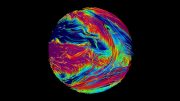

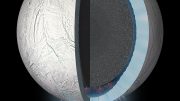

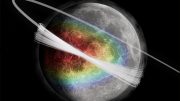
The only things the article does not mention is if these planets with thick atmosphere are rotating around a proper axis in other words if they have day and night like changes, otherwise it would be difficult to inhabit them, not to mention water, oxygen availability, because they would be too hot being exposed to their sun heat all the time from one side only, on the other side of the planet would be extremely cold of course. That is why it is so difficult to find suitable exoplanet for habitation.
They’re not earths. Title lies should be banned from publication.
Hello The Milky Way is one of the strangest galaxies in the galaxy!!Maybe one out of a billion galaxies is not like the Milky Way!!If the sun was smaller than the current size, it would never be able to swallow hundreds of stars and life would not continue on earth because the earth would be cold!!The arms of the Milky Way are under the influence of very, very strong magnetic currents of the core of the old galaxy!!And they drag the light stars much smaller than the sun around the core of the galaxy!!But the sun, which has a very heavy weight and mass, cannot be pulled by the arm of the galaxy because the sun is much, much heavier than the stars of the arm of the galaxy.As a result, over the course of several billion years, the sun has become a barrier to the two arms and branches of the galaxy and objects.The solar system, during these few billion years, 400 stars collided with the sun and the objects of the solar system!!If such an event did not happen, the Earth, the planets Venus, Mercury, and Mars would not exist in the solar system because these planets came from the arm of the galaxy.Besides the sun, all the moons of the solar system, which are 234 in number, were planets that came from the Milky Way arm of the galaxy with the stars.They came to our solar system and became moons!!The stars accompanying these planets, most of them collided with Neptune, Uranus, Saturn and Jupiter!!In the last collisions that took place about a hundred million years ago!!Jupiter is still burning.Those stars were light.They were a hundred times smaller than the Sun.If they were a tenth of the Sun, because they collided with Jupiter, Saturn, and Uranus, these four planets, which are gas giants, shone like bright stars, but that’s not the case.The top hundred stars of the big two arms of the Milky Way galaxy were much smaller than the Sun, and they collided with Neptune, Uranus, Saturn, and Jupiter.If they were bigger, the Earth and Mars would have warmed up and life would not have existed on Earth.Because their stars were small, those moons that exist in the solar system are also small, because those moons separated from the stars that came to the solar system and joined the moons of our planets.Originally, they were planets.I will explain the rest of this issue later.I have done fifty years of research on astronomy and the science of astronomy and the knowledge of the life of the earth and the planets of the solar system.I have 100% faith in what I have found, with strong reasons and evidence that there are traces of meteorite collisions on the earth, planets and moons of the solar system.May I prove to the objects of the solar system that those meteorites belonged to the planets that collided with the sun, and the elements in the mantle and core of the said planets, such as meteorites, collided with the objects of the solar system after disintegrating, and the traces of the collision are known in most of the moons.Meteorites and especially the two planets Venus and Sagittarius, which are close to the sun, when a planet collided with the sun and exploded, the elements inside the disintegrated planets collided with Venus and the arrow of Mercury, because of this, Venus reverses and thearrow of Mercury slows down its rotation around itself, two planets that If they collide with each other, their rotation will slow down or reverse around them, and Venus will become opposite to all the planets
Doctor mehrdad aghakasiri on iran tehran thank you god bay